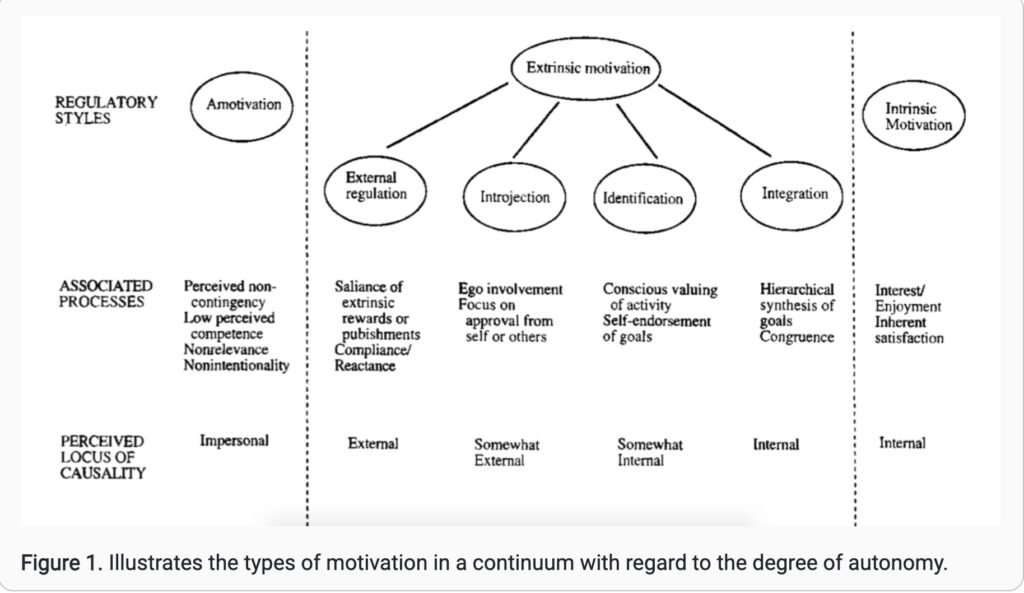Hi, Aini. Thank you for sharing your experience of the different education methods in China and Canada. I agree that both countries’ teaching methods and purposes are very different because I have the same experience as you; I studied in China until I graduated from high school and then came to Canada. The behaviorist teaching method is the most common educational method in China. In China, most teachers require students to study by rote and reinforce their memory through constant exams. Because the college entrance exams are crucial for Chinese students, teachers will write down the correct answers and have students memorize them directly to ensure that they can get high marks. Therefore, many students lack the ability to think for themselves. And Chinese students rarely have group discussions and practice. For example, when I was in chemistry class in high school, I could rarely use chemistry experiments by myself. Most of the time, students watch the teacher operating on the podium because the teacher needs to save time to talk about other content. When I came to Canada, I found that I had many discussions and group work in class. The teacher allows the students to think outside the box through group discussions to help them understand the points better. I found that Canadian education is more about developing students’ interests and thinking skills, while Chinese education aims to get good grades and get into good universities. I wondered if you had read this article (yirancao.opened.ca,Post 1), she also writes about the differences between Chinese and Canadian education, and I really like her perspective.
Thanks for your post. You let me know a new way to learn English reading. It is challenging for me to finish reading a novel. But if I set a small goal for myself every day and divide a book into 100 days to finish reading, it is effortless for me to complete. I totally agree with your point of view. Learning requires motivation and higher motivation to bring better results. Something I am wondering after reading your post is, do I have to pay for a Mint reading? Do you have any other apps or reading methods you could recommend?





Recent Comments